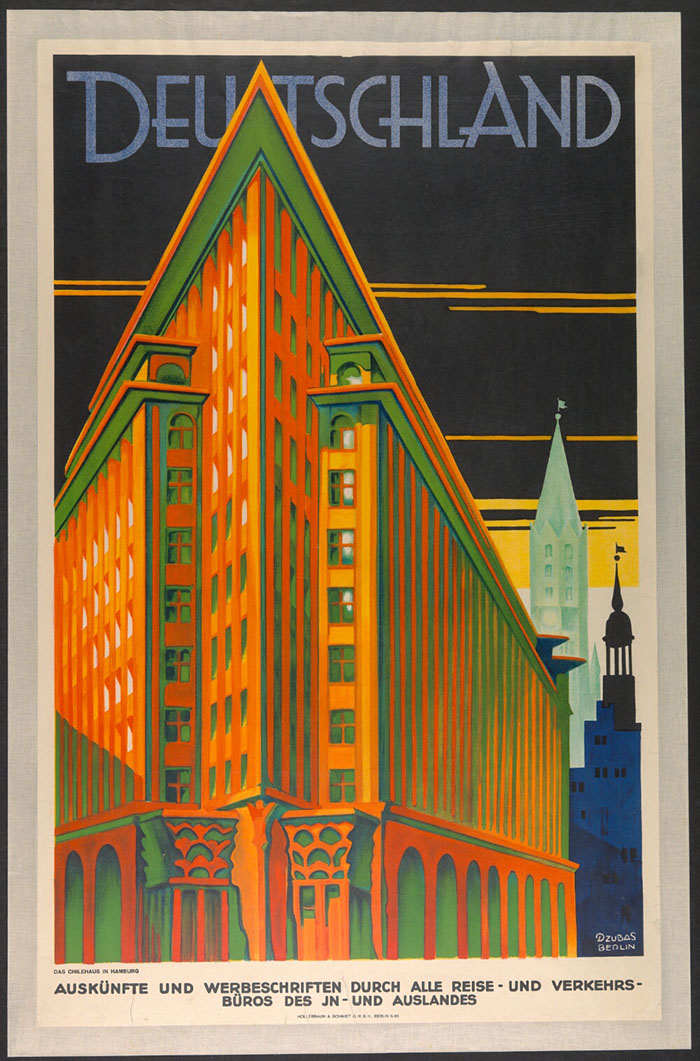 |
| Aula der Hochschule für bildende Künste Hamburg mit dem restaurierten Wandbild "Die ewige Welle" von Willy von Beckerath (1868-1938). Photo by Tim Albrecht in 2013 after complete renovation. |
My highlights:
Symposium
O Superman
11.-12. July 2017
Organization: Michael Diers and Wim Wenders
with Barbara Albert, Laurie Anderson, Monica Bonvicini, Adam Broomberg, Thomas Demand, Helmut Färber, Peter Geimer, Hans Ulrich Obrist, Philipp Ruch, Angela Schanelec and Beat Wyss
Symposium Survival
Rate 4% - Current Front Reports from the Kunstakademie
July 14, 2017
Organization: Werner Büttner
with Diedrich Diederichsen, Walter Grasskamp, Annette Tietenberg, Wolfgang Ullrich, Bettina Uppenkamp and others
Conference
The Global Art Academy
July 13, 2017
Meeting of the Presidents of the ASA Partner College
• School of the Fine Arts, Boston
• Universidad del Cine, Buenos Aires
• School of the Art Institute, Chicago
• Hamburg University of the Arts
• China Academy Of Art, Hangzhou
• Academy of Arts and Design, Jerusalem
• Goldsmiths, University of London, Department of Art
• California Institute of the Arts, Los Angeles
• Yale University, New Haven, School of Art
• Bard College, New York
• Purchase College, New York, School of Art + Design
• Kinday University, Osaka, Department of Cultural Design
• École nationale supérieure des Beaux-Arts
• San Francisco Art Institute
• China Academy of Art, Shanghai (Institute of Design)
• Academy of Fine Arts Vienna
HFBK Graduate Exhibition 2017
July 13, 2017
Opening with the award of the Karl H. Ditze Prize
Exhibition 14-16. July 2017
http://www.hfbk-hamburg.de/250years/










































